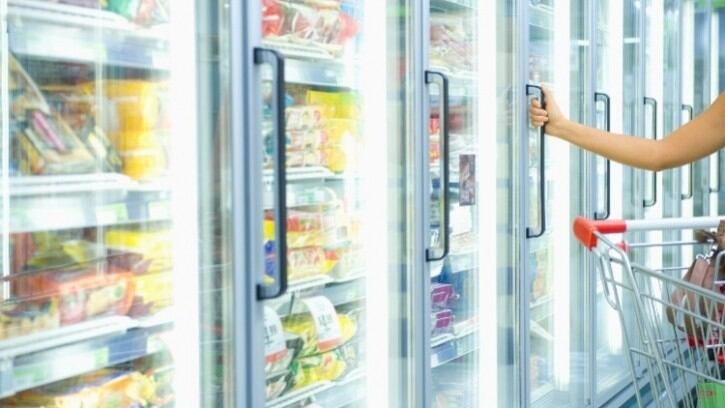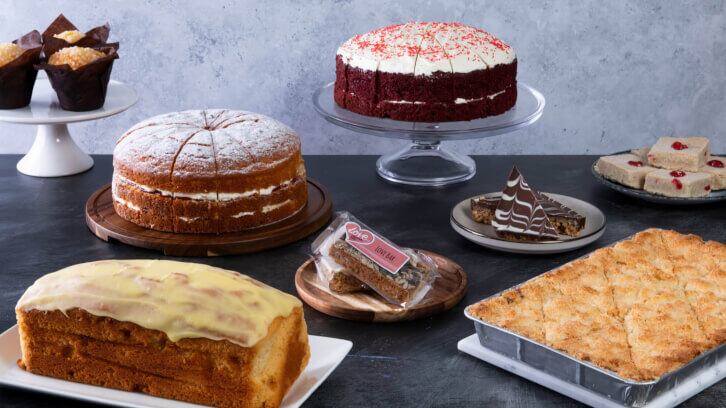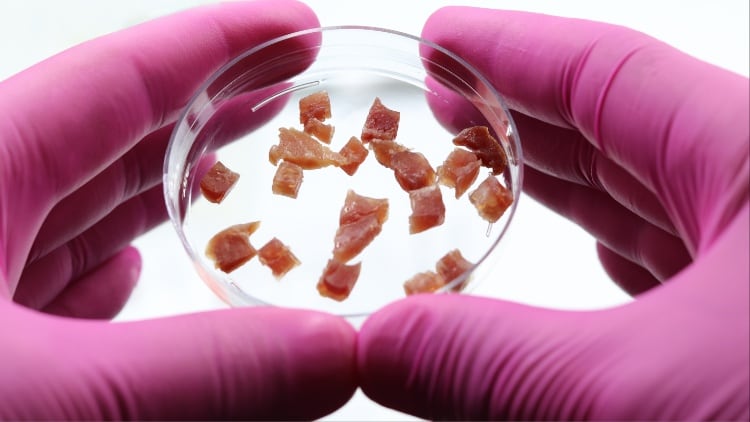The rate fell from 9.2% in November, with this being the lowest food and non-alcoholic beverage inflation rate since April 2022.
The fact that prices within the milk, cheese and eggs category increased at a slower rate than expected contributed to the easing of the inflation rate.
However, although the rate at which prices are rising has decreased, they are still high. In fact, the overall price of food and non-alcoholic beverages increased by around 26% between December 2022 and December 2023.
Reflecting on the latest figures, Food and Drink Federation chief executive Karen Betts said that the falling inflation rate reflected “continued falls to input costs” and efforts by food and drink manufacturers to “cut production costs” and keep prices low.
“As we’ve seen previously, prices rise and fall unevenly – so prices have fallen on some products, like whole milk and butter which saw declines of 11% and 8.4% respectively, while on others they continue to rise, like olive oil which is up 45.8% on the year,” continued Betts.
“It’s critical as our sector emerges from this inflationary period that businesses attract investment. We need this to ensure our sector’s resilience and growth, and to continue to take the action necessary to play our part in transforming the food system onto a more environmentally sustainable footing.”
Meanwhile, the alcohol and tobacco inflation rate increased to 12.8% in December, up from 10.2% a month earlier. This increase was mainly driven by new tobacco duty rates, with alcohol prices falling 1.6% between November and December. However, alcohol prices increased by 9.6% between December 2022 and December 2023.
Offering advice for firms in the food and drink industry looking to manage inflationary pressures, Nick Ryan, co-founder and CCO of consultancy firm Acumen, said that “diligent inventory planning and improving production efficiency” is crucial.
Ryan added: “Whatever revenue management approach brands take, transparency around supply chain realities can help them stabilise prices. While 2024 will once again test FMCG brands, cooperation can fortify consumer loyalty later. With careful navigation and pricing strategy planning, brands can ease the burden on household finances while continuing to move forward.”
In other news, Princes suffered a £50.7m pre-tax loss in the 12 months to March 2023.





